A Teacup Maltese is exactly what the name implies – a really small Maltese dog breed… 4lb of Maltese puppy to be precise!
The little Teacup Maltese puppy has very quickly spiked in popularity over the past 20 years. It’s not hard to see why:
- The Teacup Maltese is a tiny fluffy dog
- The Maltese are known for their loving nature and friendly personality
- Standing at around 4 inches tall, this dog breed is also known as the Toy Maltese
- The Maltese Teacup packs a lot of personality into their tiny bodies
But, what is there to know about this teacup dog breed?
Here are nine fun, fascinating, and little-known facts to peak your interest in the Teacup Maltese dog breed.
TABLE OF CONTENTS
- 1. The Teacup Maltese Weighs Just 4lb
- 2. Aristotle Wrote About Relatives Of The Maltese Breed
- 3. Ye Ancient Dogge of Malta
- 4. The Teacup Maltese Is A Royal
- 5. The Teacup Maltese Has a Huge Personality
- 6. White Is The Only Color For a Teacup Maltese
- 7. A Teacup Maltese Can Cost $2,000 USD
- 8. Teacup Maltese Can't Climb Stairs
- 9. Teacup Maltese Dogs Are Prone To Hypoglycaemia
1. The Teacup Maltese Weighs Just 4lb
This dog is just a smaller version of the already tiny Maltese, hence the ‘teacup’ description.
The American Kennel Club does not recognize the teacup as its own breed, instead, it is officially classified as a small Maltese, so of the Maltese dog breed.
As a result, you may find your Teacup Maltese is registered as a Maltese dog with the Kennel Club. However, it is possible that your teacup-sized dog might not be registered at all due to being too small by the breed standard.
These tiny dogs weigh just 4lb – compared to their standard size Maltese siblings who weigh 8lb.
The mini Maltese variant of this dog was actually first seen in the 17th and 18th century when breeders attempted to make this tiny dog even tinier.
This was done by crossing Miniature Poodles and Spaniels into the Maltese dog breed line.
In fact, at one point there were thought to be as many as eight different types of dog identified as the Maltese breed.
However, over time, a breed standard was created and finalized in 1964 and has not changed since then.
Origin of the Maltese Breed
The exact origin of the Maltese dog itself is unknown.
It is thought to be descended from Swiss Spitz dog breeds, or a relative of the Tibetan Terrier.
In the past, the Maltese have been classified as a member of the Bichon family, but, this is incorrect as the two dog breed types are distinctly separate.
2. Aristotle Wrote About Relatives Of The Maltese Breed
Hailing from Malta originally, the Maltese was very popular among Ancient Greek societies. Greek Philosopher Aristotle is one of the first people to mention “Melitaei Catelli”, an early relative of the toy Maltese dog.
This was as early as 370 BC.
Roman poets wrote of a “small white dog”, identified by some historians as an early Maltese breed type.
3. Ye Ancient Dogge of Malta
Over the past ten decades, the Teacup Maltese has been known by many different names – not just Rover or Fido.
Since the breed first came to be in Malta, it have been known by many names. This includes, but, is not limited to:
- Ye Ancient Dogge of Malta
- Melitae Dog
- Roman Ladies Dog
- Maltese Lion Dog
- Spaniel Gentle
- Maltese Terrier
- Melitaei Catelli
This long list of names comes from the Maltese long history as companion animals.
As you can see from the list these names all have one thing in common; the Maltese is a very popular breed of dog, known for its companionship, warmth, and generally friendly nature.
4. The Teacup Maltese Is A Royal
The toy Maltese has been seen on the laps of English Royalty, with both Mary Queen of Scots and Queen Elizabeth I having owned one.
Due to their heritage in the palaces of royalty, the Maltese Teacup has been bred eating the best of the best and consequently, they are very picky eaters.
Teacup Maltese require a diet of approximately 20% protein. However, quality is more important than quality, so it is always better to feed smaller quantities of a high-quality source than lots of low-quality protein, particularly to a Teacup Maltese puppy.
Fats and oils should be about 5%-10% to help keep your Maltese puppy’s coat shiny.
Due to their propensity toward developing low blood sugar, it is important that this dog breed is fed little and often.
On more occasions than not, the Maltese Teacup will prefer a high-quality, grain-free diet.
5. The Teacup Maltese Has a Huge Personality
These teacup dogs stay playful and energetic long after they become an adult Maltese Teacup.
This dog is at his happiest when playing with his human companions, and a Teacup Maltese loves to be around new people.
This most likely stems from their origins as a lap dog, their caring nature comes as part of the package.
It’s a dog breed that loves to be curled up on the couch with their human friends.
In fact, unlike other small dog breeds, they are unlikely to develop those yappy and snappy behaviors you so often see.
However, their teacup size means they may be nervous when meeting other dog breeds, especially in an environment they are unfamiliar with.
Introductions to new people, places, and things should be done at your dog’s own pace, and in most cases, the Teacup Maltese will take things in their stride.
The temperament of these miniature Maltese makes them very easy to train and their people-orientation makes them quick learners.
Unfortunately, teacup Maltese are notoriously hard to housebreak due to their tiny bladders. This can be corrected with lots of positive reinforcement and patience.
Temperament
Most of the Teacup Maltese breed is outgoing, confident, and talkative, although some may be peaceful, quiet, and docile. It’s a dog breed that is very adaptable to socialization and training.
If you spoil or indulge them excessively, then chances are they will end up insecure, yappy, over-dependent, and loathsome.
However, the Teacup Maltese puppy is very responsive to any training, and they tend to thrive even with competitive obedience and agility.
As mentioned above, as the owner of a Teacup Maltese, you might need a doggy door leading to a small potty outdoor or little indoor box because this dog is so hard to housebreak.
6. White Is The Only Color For a Teacup Maltese
The Teacup Maltese is an adorable small white dog breed.
They usually stand at about 8 inches tall, and on average weigh 4 or 5 lb. Maltese Teacup males and females do not differ massively in size and weight.
According to the breed standard, white is the only acceptable color for the Maltese breed dog to be. All other colors (including bi and tri-colored) have been considered unacceptable since 1913.
Easily identifiable by their round faces, black noses, and black eyes – the Teacup Maltese eyes themselves are often described as intelligent. Their black noses can turn pink if they do not get enough sunlight, or for a Maltese bitch coming into season.
This dog is also considered to be hypoallergenic and so makes an excellent choice for allergy sufferers.
Care and Grooming
The adult Teacup Maltese loves to go out for a walk and play outside, and are playful by nature even in their old age. However, this Maltese dog breed is active indoors, and hence there is no need for any great exercises to maintain their fitness level.
So, owners are not required to indulge their Teacup Maltese in any rigorous exercises to keep them in shape and fit. In fact, owners must wait until their Teacup Maltese puppy is fully grown or until eight months to take them for a brisk walk outside because before this period their bones are not healthy enough.
Take your dog to your vet for a regular checkup and ensure that they are fit enough to play and perform exercises with healthy bones. You should, however, encourage Maltese puppies to enjoy playing their favorite games at their own pace until their grown up to be a mature dog.
The Teacup Maltese is a house dog, and hence they won’t withstand extreme heat or cold conditions. So, it is necessary for the owners to train their puppies so that they don’t go out when the weather condition is too cold or hot.
Grooming a Maltese Dog
Most of the time, a Teacup Maltese will be clipped into what is known as the “puppy cut”, where the coat is short – less than an inch long.
This type of coat requires very little maintenance, other than brushing every week or so.
If left long, the Maltese Teacup coat requires a lot of maintenance to stop it from matting. Brushing will be required every day, and bathing will be required weekly to remove the tear stains on their teacup face.
7. A Teacup Maltese Can Cost $2,000 USD
To get a Teacup Maltese you have to breed together two very tiny Maltese dogs.
Standard size Maltese dogs can only bare up to three puppies safely, so in most cases, one or two will be produced for each Teacup Maltese puppy litter.
However, even one puppy puts incredible strain on the mother, and most of the time these Teacup Maltese have to give birth via cesarean section.
This level of stress on the mother’s body means that good health care is paramount.
These extra precautions mean that Teacup Maltese puppies cost between $750 and $2,000 USD.
An expensive price tag, and their popularity, make this dog breed a favorite for “backyard breeders” and puppy mills. These types of people tend to care more about making a quick buck than the welfare of their dogs.
Finding a responsible breeder is easy if you know what to look for:
- A good breeder never advertises a dog on places like CraigsList or GumTree
- A good breeder will perform all necessary health checks on the sire and dam of the dog breed before breeding
- A good breeder will be more than happy for you to see your Teacup Maltese puppy multiple times with their mom
- Due to stud breeding, it may not always be possible to see the father of the Maltese puppy, but a good breeder will be more than happy to provide you with information on his health and temperament
8. Teacup Maltese Can’t Climb Stairs
The teacup smaller size of this Maltese breed makes him incredibly fragile.
Their enthusiasm for being by your side is contagious, but, great care should be taken particularly if your Teacup Maltese puppy gets under your feet it is very easy to miss them and for an accident to happen.
On top of this, stairs can be a massive challenge for a tiny dog such as a Maltese Teacup, and an even bigger accident waiting to happen.
Consequently, Teacup Maltese are most often seen in houses that are all on one floor, such as a flat or a bungalow.
As playful and loving as these dogs are, it is important that all play around young children is supervised.
Although watching these tiny Teacup Maltese interact with tiny children is very cute, children can be quite boisterous and this dog breed is so small that it does not take much for something to break.
It is therefore imperative that Teacup Maltese are treated with care, and so if interaction with a child is essential, it is just as important to teach the child to play with the dog.
9. Teacup Maltese Dogs Are Prone To Hypoglycaemia
Miniature Maltese have a propensity to develop several different health problems.
The most common one in this dog breed is hypoglycemia (i.e. low blood sugar) – this can cause seizures and even death if not carefully monitored.
To help manage this condition, a teacup Maltese dog should eat three or four times a day to help maintain its blood sugar levels.
The Teacup Maltese dog breed is also known for its dental problems.
Owners should be prepared to regularly brush their teeth, use dental chews, and have regular visits to the doggy dentist.
Teacup Maltese dogs also are prone to liver, heart, and respiratory problems due to their smaller designer size.
Prospective owners of this dog breed should be prepared for higher than average vet bills, and it is something to consider when looking to purchase a Maltese puppy.
On average a Teacup Maltese lives between 12 and 15 years.
Summary
As you can see, the Teacup Maltese is a lot more than just a cute Maltese puppy in a handbag or a teacup.
This ancient dog breed has seen the rise and fall of civilizations and has had many famous owners before falling into your lap.
Although notoriously fussy, Teacup Maltese is a loving and loyal pet.
They require high-quality diets, eating only the very best and they need a vigilant grooming routine to maintain their beautiful coat.
Whether you own a Maltese Teacup, are looking to get one, or are just passing through, feel free to leave us a comment telling us your thoughts on this gorgeous little teacup dog.
Teacup Maltese FAQ
How big do teacup Maltese grow?
Teacup Maltese are a miniature Maltese breed. They usually grow to stand around 8 inches tall and weigh just 4-5lb – compared to their standard size Maltese siblings who are up to 12 inches tall and weigh 8lb. Maltese Teacup males and females do not differ massively in size and weight.
What is the life expectancy of a teacup Maltese?
The average lifespan of Teacup Maltese is comparatively less than human years at 12-15 years, and hence it is the biggest concern for all dog owners. Some Maltese dogs live more than 15, and up to 17 years before dying of natural causes. Females usually live longer than males.
Do teacup Maltese bark a lot?
Historically, a pampered dog breed cherished by aristocrats, teacup Maltese love attention and can get easily upset and bark when left alone. They crave lots of companionships and are prone to separation anxiety. Teacup Maltese also tend to be quick to sound the alarm at every new sight and sound.
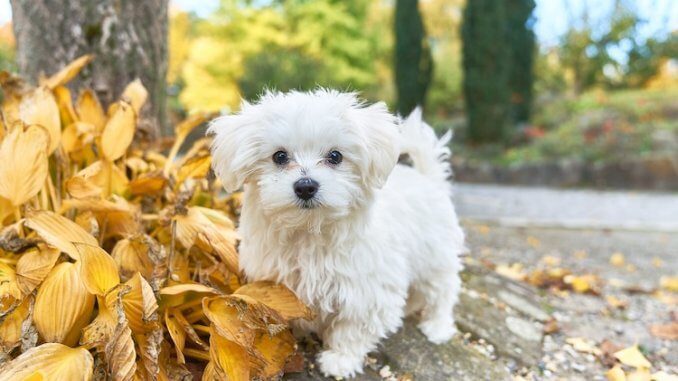
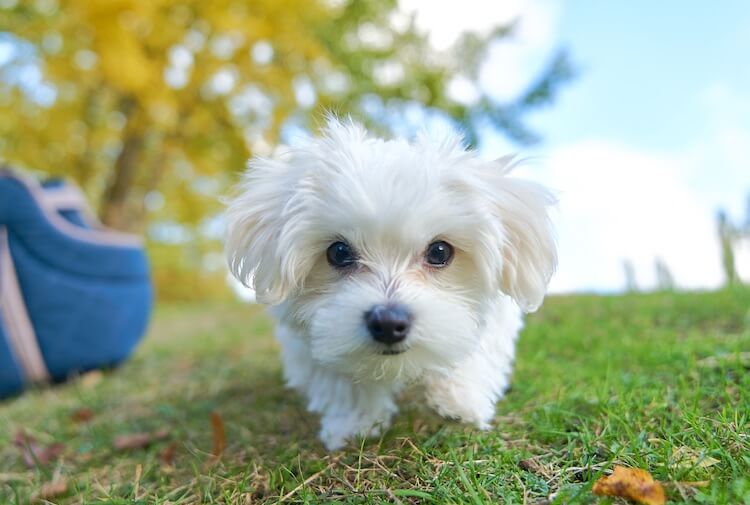

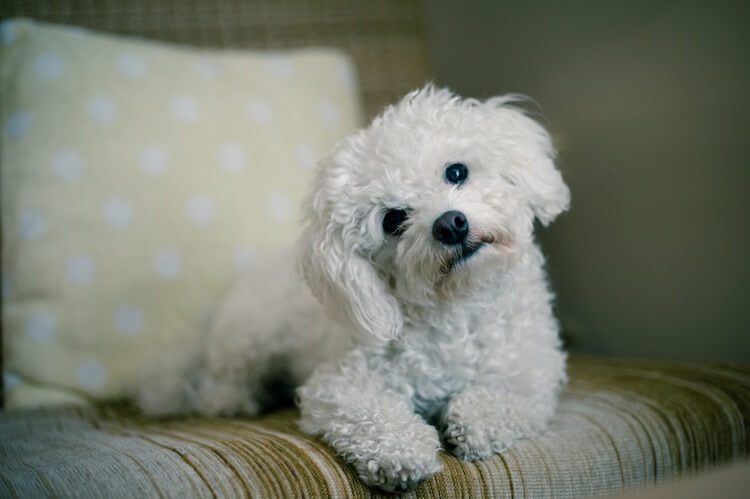
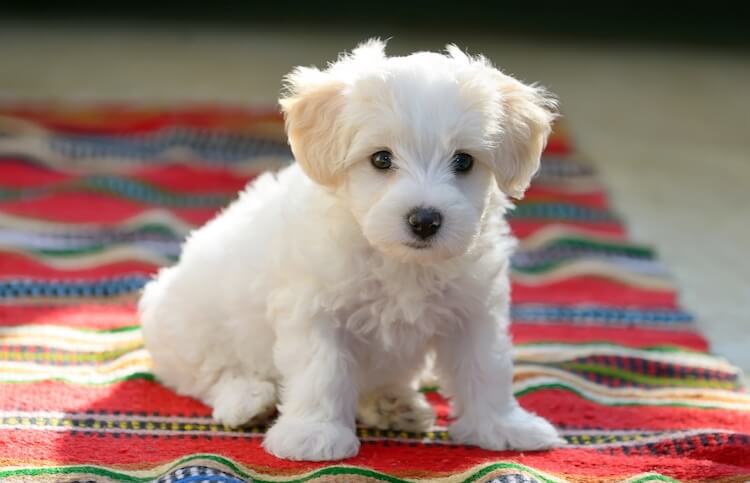
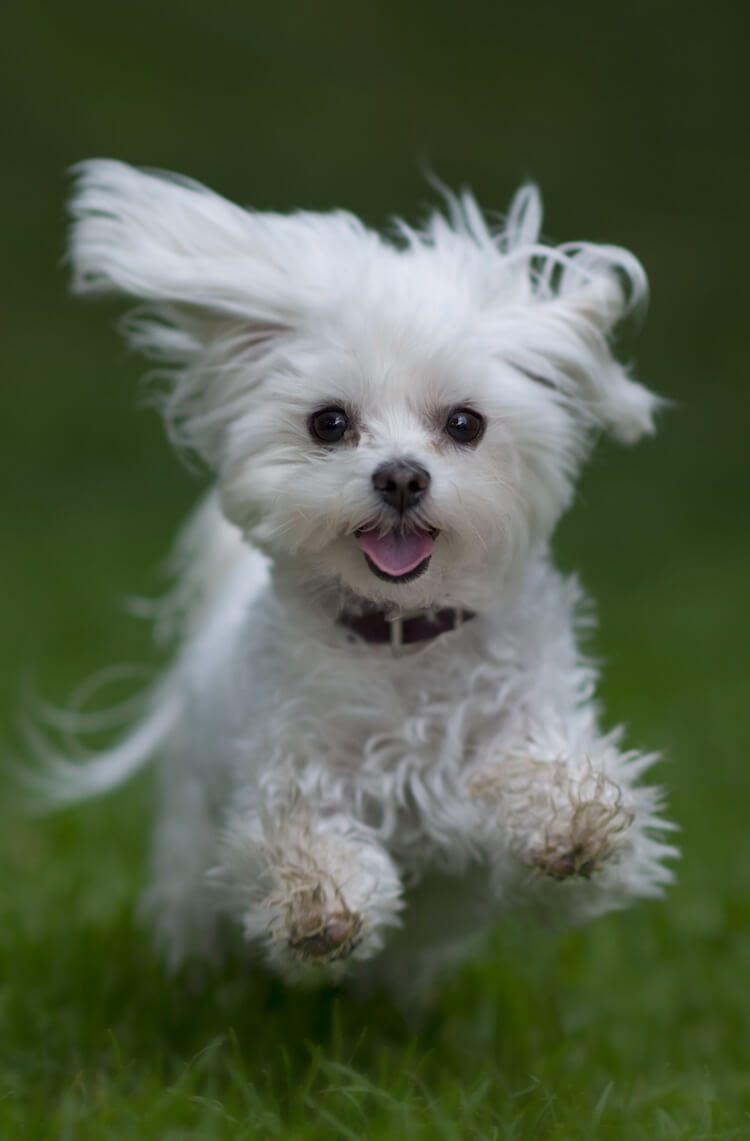
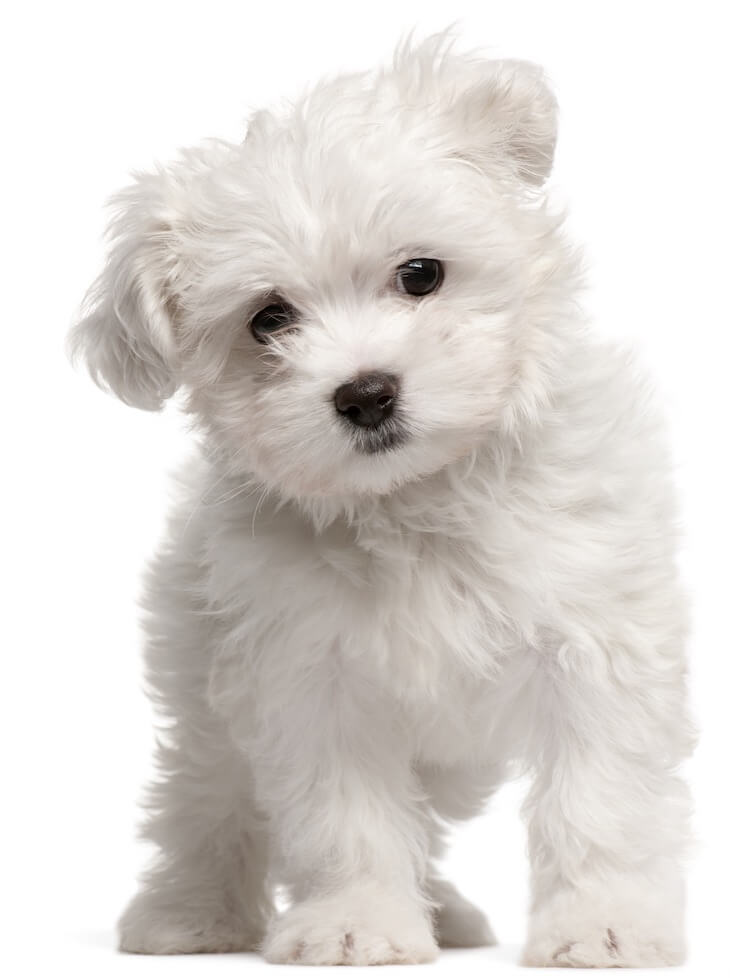
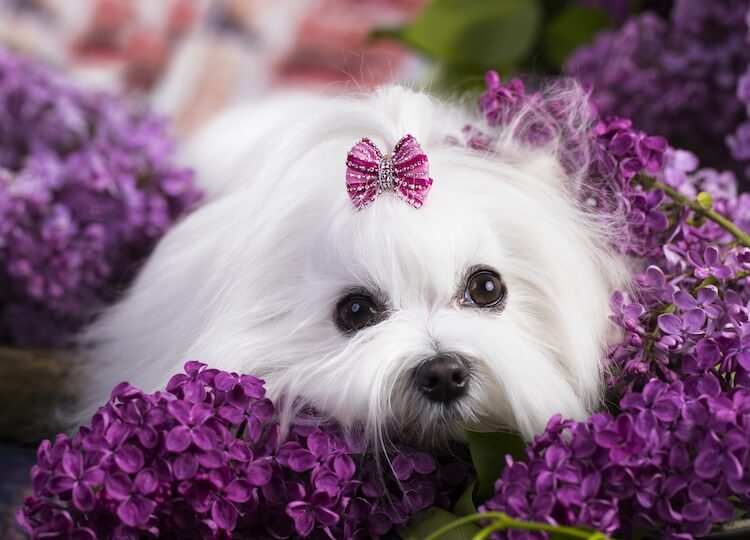
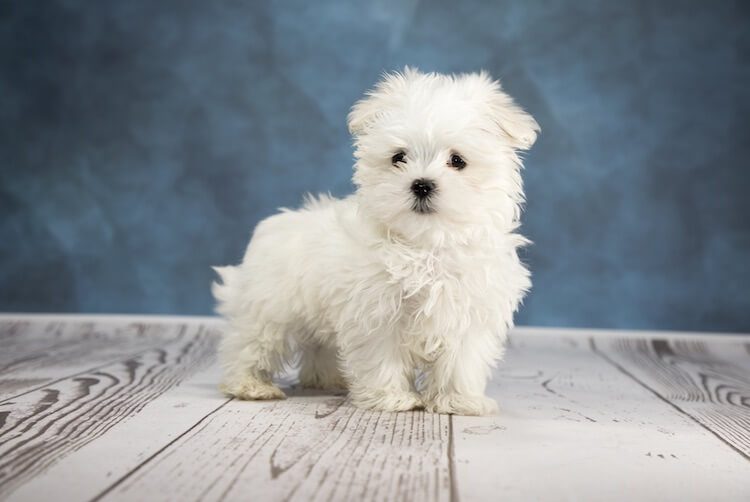
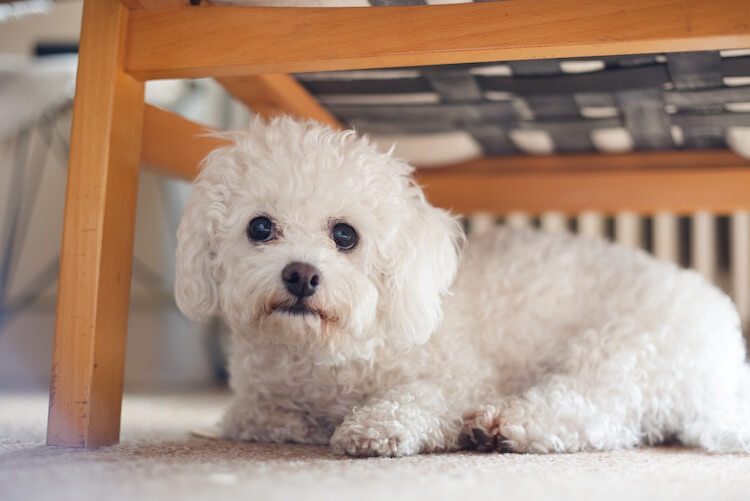

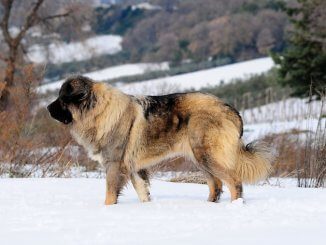

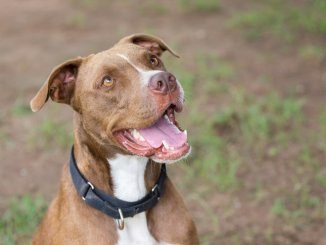
Very glad to find this site.
How do you keep around their eyes clean from the rust stains?
Hi Ziggy,
There are a number of causes of tear stains in dogs; eye issues, medications, infection, stress, teething in puppies and poor quality diet. If it is becoming problematic, it could be worth visiting your Veterinarian to rule out any health issue. Once they have the all clear, it could be worth considering a change to the food you feed. You may not notice a difference for at least 6-8 weeks. Whilst you are figuring out if there is an underlying cause to the tear stains, wipe them with sterile water and a cotton pad daily. Your groomer should also keep the area short and clean during their visits too.
I was really thinking of getting a “teacup” or” mini” maltese. I had a regular maltese for 14 years. The love of my life. I was devastated when she past. I still think about her every day for the last 3 1/2 yrs. Mia was my baby. BUT, and I say that loud, But she had ever illness the maltese could possible have during her life time. I was out of my mind everytime a new symptom came. I finally had to let her go with she was diagnosed with Cushing’s disease. She was 14. I want another maltese but I’m afraid of getting her anywhere except a good breeder and then the cost could be $2,000
We got rid of all tear stains when we started feeding him Cuties as a snack.
I have a Maltese but am looking for a teacup Maltese. Do you know where I can find one.
I have a Maltese, not a tea cup, sadie weighs 8 lbs.
Do you know where to find then?
I am looking for a teacup maltese breeder. Does anyone know a resource to help find reputable breeders?
There is a breeder in Mora, MN who is getting ready to breed her female with a teacup male. Her name is Ann. She has bred regular size Maltese for a couple years and is only now breeding with a teacup male.
I have just got tea-cup Maltese, she is 15 Months old. We have trouble with her socializing with people and other dogs. We really love her but would like her to be more friendly with our family and friends. Love this site. Bonnie new mommy of Muffin💕
Waiting on my Maltese! Love reading and learning about them.
I am looking for a teacup Maltese puppy. Can you direct me to a reputable breeder?
There is no such dog as a “Teacup” Maltese. Maltese are in the toy-dog category. There is no category for dogs smaller than 4 lbs. AKC preference is from 4 to 7 lbs. If you have been sold a Maltese on the basis of getting a “teacup”-size Maltese, I would certainly question the breeder as to exactly what she/he is selling. If the breeder is calling a Maltese “teacup” because it is thought the dog will be below 4 lbs in weight, you might want to talk to your vet regarding the downside medically to having a dog that weighs less than 4 lbs as an adult. Please ask to see mom and dad also. That may give you a clue as to how big the puppy will be as an adult. Even then, a puppy may have genes from generations back. One if mine looks exactly like one of her grandfathers, even to holding her head the same way. Be cautious when buying a Maltese. They are hard to come by because their litters are so small, and there are so many people who take advantage of buyers.
Well written. Thank you
I would love to buy one dont no how to inquire and who do I enquire to can somone kindly mesage me by e
Mail for more info yours kindly marg57
where are all the answers to these questions Where can i find one Toy?